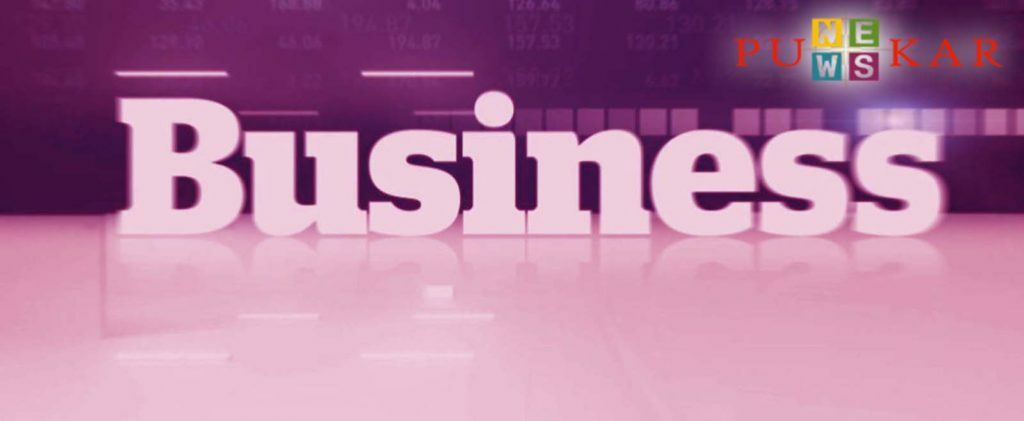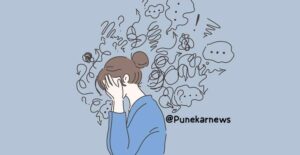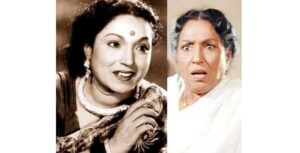The Framing Effect

Senthil Rajagopalan, President & COO Profit. co.
Pune, 16th July 2021: Can we influence the opinion of another person, and encourage them to decide one way or another just by how we frame a choice? Behavioral economics says yes.
What is behavioral economics?
First, let’s define behavioral economics. Human behavior can have an enormous impact on business decisions, whether we’re able to recognize it or not. Classical economic theory does not account for the impact of human behavior. At times, human beings can make irrational decisions that can affect businesses and the economy in unexpected ways. These simply can’t be anticipated, because humans are ultimately unpredictable.
An economist by the name of Richard Thaler is one of the most prominent contributors to behavioral economics and is considered the father of this field of study. This subset of economic theory studies human behavior and its role in economics.
Many behavioral economic phenomena and concepts can appear in the workplace. These effects can be either helpful or harmful to a business, so it’s important for company leaders to be familiar with behavioral economic theories and know-how to either encourage them or negate them.
What is the framing effect?
Our decisions can be heavily influenced by the way choices are presented to us. Depending on if a choice is framed in a positive or negative light, we might be more likely to decide one way rather than another or have an opinion that is heavily influenced by that frame. For example, during a negotiation, a positive frame would be “you will benefit from this deal” while a negative frame will be “you will lose out if you don’t make this deal.” Both of these statements encourage the same thing– taking the deal– but they appeal to different aspects of the deal.
This phenomenon appears in behavioral economics as the framing effect. In business, the framing effect is when someone strategically alters the relative attractiveness of an option in order to indirectly influence another party’s decision-making process.
The Framing Effect in Business
In business, the framing effect can play a role in the workplace and consumer behavior alike. For example, in the workplace, imagine that an employee comes across a notice that asks them to volunteer after hours, saying that this is a great opportunity to show gratitude and feel good about giving back to the community. The employee thinks this is a great idea and is looking forward to the positive benefits they will get from this experience.
Another employee hears about this opportunity from their coworker, who tells them that the company is asking them to do more work on their personal time without getting paid. The coworker wants this employee to avoid the event with them. Since it was framed in such a negative light, the employee elects not to volunteer.
This is the difference between positive and negative framing. If an opportunity is presented in a positive light, people might be more inclined to take it. Meanwhile, if something is framed negatively, a person will avoid it. The framing effect can have a huge impact on your decision-making process.
This effect can also appear in sales and impact consumer behavior. Additionally, both positive and negative frames can be used to help drive customers to one decision or another, depending on what the business wants.
For example, let’s say that a winter sports store is having trouble selling their heavy winter coats this year. They decide to put up a new sign to help draw in customers and advertise their coats.
They could use a positive or negative frame to encourage customers to spend money on a winter coat. First, they could try a positive frame. This advertisement could be: “Stay warm and toasty this winter in one of our winter coats!” When it comes to wintertime, “warm” and “toasty” have positive connotations. So, consumers might come in and buy a coat, encouraged by the positive associations they now have with the store’s product.
Alternatively, the store could also present a negative frame for the advertisement. With a negative frame, they might say “Don’t let freezing temperatures get to you this winter- buy a coat today!”
This negative frame highlights what could happen if you do not buy the coat, incentivizing customers to avoid the risk of freezing this winter. The goal of both of these frames is the same for the business: to encourage customers to buy winter coats. The tactics used to encourage customers, however, are different.
While both positive and negative frames can work for drawing customers in, it’s ultimately up to the business to decide which one will be most impactful based on their customer base and what they’re trying to sell.
Final Thoughts
While behavioral economic theories are used to describe a broad range of consumer behavior in multiple industries, these phenomena can directly impact your business. The framing effect can have an impact both on your workplace, and with the customers you are trying to target.
Oftentimes, the framing effect is used on someone without them even realizing it is happening.
So, it’s important to be aware of this concept, and stay vigilant to ensure that you’re approaching each situation without bias or prior opinions.








